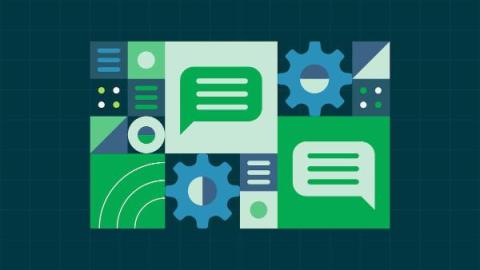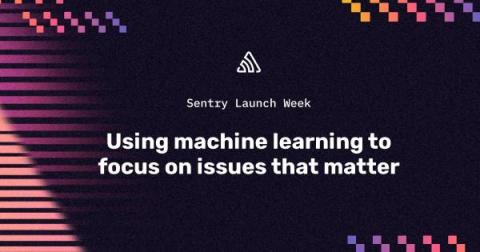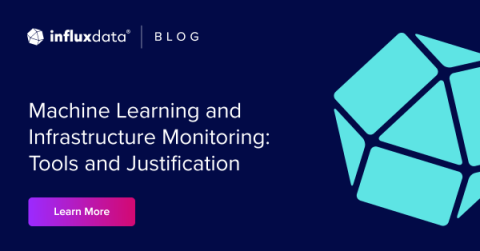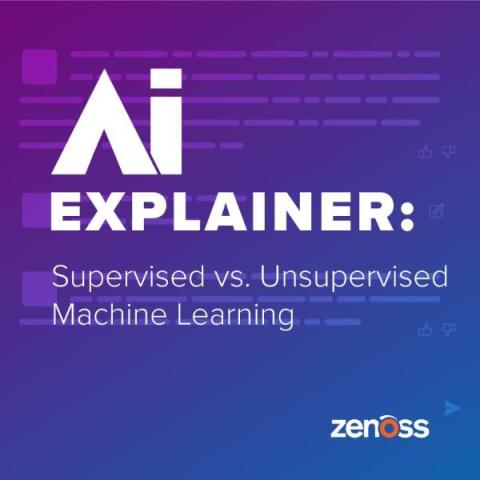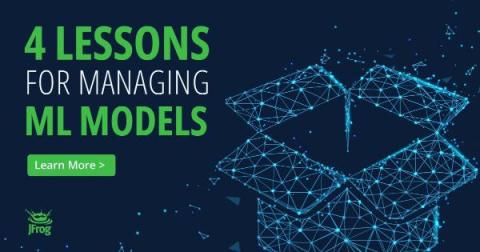Crossing the machine learning pilot to product chasm through MLOps
Numerous companies keep launching AI/ML features, specifically “ChatGPT for XYZ” type productization. Given the buzz around Large Language Models (LLMs), consumers and executives alike are growing to assume that building AI/ML-based products and features is easy. LLMs can appear to be magical as users experiment with them.





